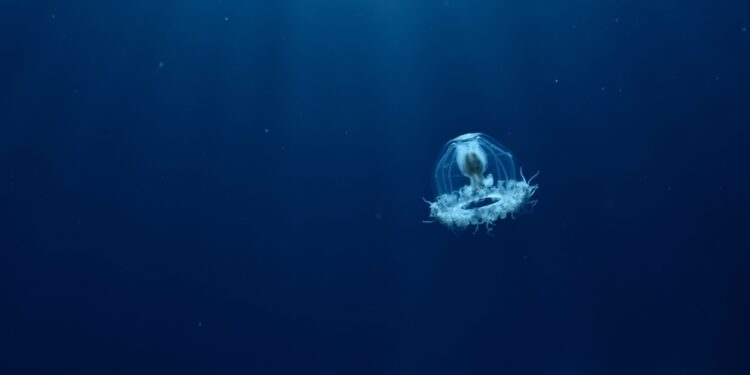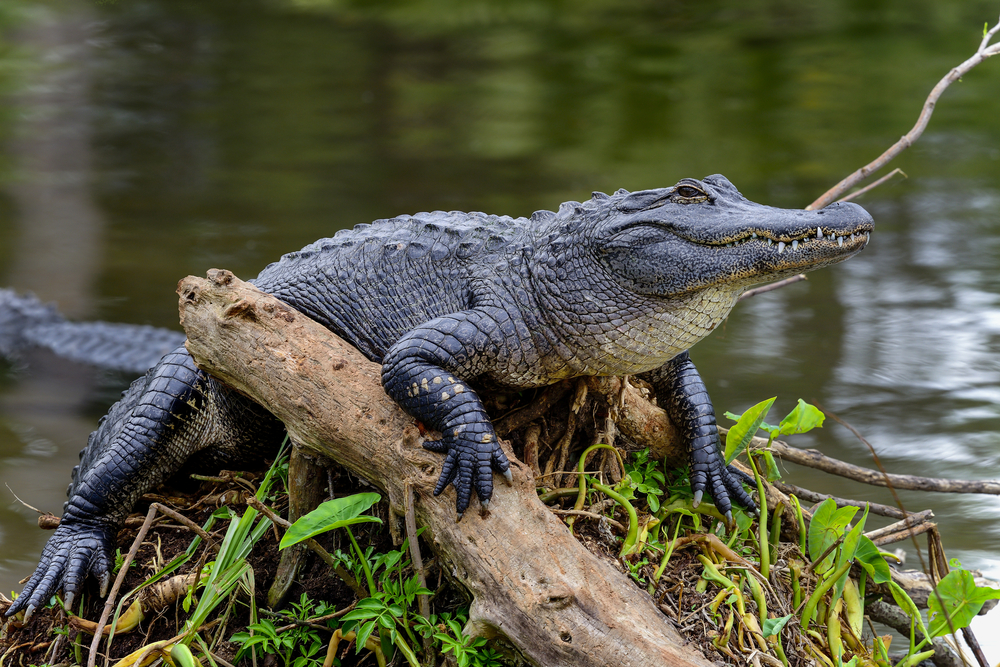In the vast expanses of the world’s oceans, lives an extraordinary creature that has seemingly unlocked the secret to biological immortality. The Turritopsis dohrnii, a species of small jellyfish, has the remarkable ability to revert its cells back to their earliest form and grow anew, a process that essentially makes it immortal.
Turritopsis dohrnii, commonly referred to as the immortal jellyfish, is an organism that holds a particular fascination for scientists across the globe. Its unique biology enables it to defy the natural order, repeatedly transitioning from an adult state back to a juvenile polyp, a feat no other known animal can accomplish.
This bell-shaped jellyfish, typically reaching a maximum diameter of just 4.5mm, was first discovered in the Mediterranean Sea in the late 19th century. Its body is relatively transparent, making it difficult to spot in the open waters, and is dotted with up to 90 tentacles that fan out in a beautiful, radial pattern.
While most jellyfish species have a fairly straightforward life cycle – transitioning from a fertilized egg to a larval stage, maturing into a polyp, blooming into a medusa (adult), and ultimately dying – the life cycle of Turritopsis dohrnii takes an unconventional detour. Instead of meeting its end after the breeding phase, like most of its kin, this remarkable jellyfish can revert its cells to a younger state, restarting its life cycle indefinitely.
This transformation process, known as “transdifferentiation,” involves the alteration of the jellyfish’s cells. In response to physical damage, starvation, or even routine aging, the cells of the adult Turritopsis dohrnii undergo a process where they transform into different types of cells. For instance, muscle cells can become nerve cells or even sperm or eggs. The jellyfish’s tentacles retract, its body shrinks, and it sinks to the ocean floor to start its life anew as a polyp colony.
The biological implications of this process are extraordinary, as it theoretically allows the Turritopsis dohrnii to bypass death, granting it an unbounded lifespan. However, it’s important to note that while this process may shield them from dying of old age, they are not invulnerable. They can still fall prey to disease, predation, or environmental hazards.
The immortal jellyfish’s unique life cycle has stirred scientific interest for its potential applications in medicine and research on aging. If scientists could better understand the mechanisms behind Turritopsis dohrnii’s cell transformation, it could potentially open doors to breakthroughs in regenerative medicine, stem cell research, and aging studies. However, the biological processes underlying the jellyfish’s apparent immortality remain a complex mystery, and much work lies ahead for researchers in this field.
The Turritopsis dohrnii provides a powerful testament to the remarkable diversity and adaptability of life on Earth. This tiny, almost invisible creature holds within its gelatinous form the capacity to redefine life’s boundaries, presenting a fascinating paradox to the biological norm. It’s a reminder that even in the most familiar territories, there are still wonders to be discovered, secrets to be unearthed, and countless lessons to be learned.
Despite its seeming invulnerability, the immortal jellyfish’s existence is not without threats. Ocean pollution, climate change, and other human-induced environmental changes pose significant challenges to marine life, including Turritopsis dohrnii. Ensuring the survival and continued study of this extraordinary creature underscores the broader need for robust marine conservation efforts.
In summary, Turritopsis dohrnii stands as a testament to life’s extraordinary potential. This tiny jellyfish, navigating the vastness of the world’s oceans, carries a profound lesson about the potential for biological resilience and transformation. It challenges our perception of life and death, compelling us to rethink the seemingly immutable boundaries of the natural world.
To better understand the immortal jellyfish, extensive research needs to be conducted. The mysteries of its unique lifecycle and cellular transformation hold great promise for breakthroughs in numerous fields. If harnessed, this knowledge could revolutionize regenerative medicine, provide deeper insights into the aging process, and even pave the way for potential treatments of various degenerative diseases.
However, as we marvel at the immortal jellyfish’s astonishing capabilities, we must also consider the environmental threats it faces. Human activities have placed an unprecedented strain on our planet’s ecosystems, including the oceans that Turritopsis dohrnii calls home. The survival and continued study of this extraordinary species not only require our scientific curiosity but also our commitment to environmental stewardship.
In essence, Turritopsis dohrnii, the immortal jellyfish, stands as a beacon of biological marvel. It is a testament to life’s endless adaptability, resilience, and capacity for renewal. As we delve deeper into the mysteries of this extraordinary organism, we may well find ourselves inching closer to unlocking the secrets of life itself. And in that pursuit, we might not only transform our understanding of biology but also our approach to preserving the wondrous diversity of life on Earth.






